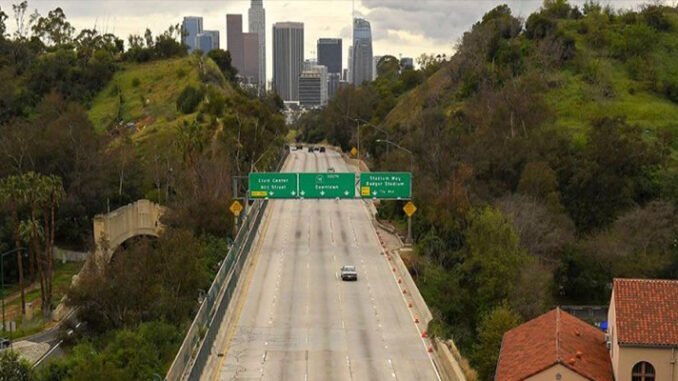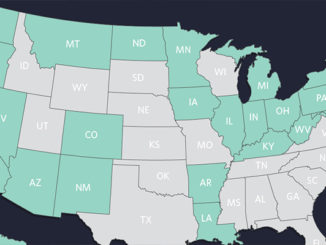
by Joe Nation
First with a tweet, then a news conference and interviews, President Donald Trump showed that he is considering trading American lives in the coronavirus pandemic for a healthier economy: “We can’t have the cure be worse than the problem.”
The pushback to Trump’s statements was swift, with New York Gov. Andrew Cuomo saying that if the public must choose between public health and the economy, Americans will choose the former. Others, including Trump economic advisor Larry Kudlow rushed to Trump’s defense, arguing that “the economic cost to individuals is just too great.”
Is the economic cost too great? Or are policies like Gov. Gavin Newsom’s “stay at home” order — similar to shelter-in-place — worth the economic cost because they provide more net benefits, in particular, in lives saved?
Calculating the costs and benefits of health policies can be complex. Aggressive policies like stay-at-home will save more lives, but they also cost more. Voluntary social distancing costs far less but also saves fewer lives.
Whether readers like it or not, policymakers routinely and appropriately assign a value to human life. The U.S. EPA, for example, assumes the Value of a Statistical Life is $9.5 million. So a policy that saves 1,000 lives provides an economic benefit of $9.50 billion.
What is the economic value in California of stay-at-home policy compared with social distancing? According to CovidActNow.org, with social distancing alone, California would suffer 596,000 deaths. In contrast, the number of California deaths with a stay-at-home policy is estimated at 11,000, a reduction of 585,000. Based on a $9.5 million Value of Statistical Life, the benefit in lives saved reaches $5.6 trillion.
Some readers might argue for a lower Value of Statistical Life, since most deaths are elderly (for the record, I disagree) and a reduction in the expected death rate. Reducing the Value of Statistical Life by 50% (to $4.8 million) and the expected death rate by 50% (to 1.1%), reduces the benefit in lives saved to $1.3 trillion. Bottom line: California’s economic benefits from stay-at-home range from $1.3 trillion to $5.6 trillion.
Now let’s estimate the cost of California’s stay-at-home policy to calculate net benefits, i.e., benefits minus costs. The president and CEO of the Federal Reserve Bank of St. Louis expects a 50% loss in 2nd quarter GDP, $414 billion in California. (FYI, the largest quarterly GDP decrease in the Great Recession was 5%.) Let’s also assume that California will pay its population share of the federal coronavirus stimulus bill ($244 billion), and the state (including private contributions) will pay additional unemployment benefits up to a maximum $30 billion (based on a 2nd quarter unemployment rate of 30%), bringing total costs to $688 billion.
What if the costs are even higher? Let’s assume further that the state’s GDP remains 25% below normal in the third quarter and 10% in the fourth quarter, that California is responsible for its share of a second $2 trillion federal stimulus, and that unemployment is 15% and 6% in the third and fourth quarters, respectively. In this scenario, costs to the state increase to $1.2 trillion. Bottom line: California’s costs from its stay-at-home policy range from $688 billion to $1.2 trillion.
Stay-at-home provides minimum net benefits to the state of $77 billion under the most conservative assumptions, i.e., the lowest estimated benefits and highest estimated costs. In short, even in this unlikely scenario, the “cure,” a stay-at-home policy, results in an economic benefit. Under best-estimate assumptions, the net economic benefit climbs to $4.9 trillion, an amount equal to nearly 18 months of economic output for the entire state.
National and state leaders who claim to be putting the economy first are in fact putting it last. Saving lives also saves the economy.
The sooner other elected officials recognize that the cure is not worse than the problem and follow the lead of California and 25 other states with stay-at-home policies, the greater the economic benefit, the higher the number of lives saved and the faster the economy will return to normal.
Joe Nation is a professor of the practice of public policy at Stanford University, and teaches policy courses on climate change, health care, human biology and California state issues, [email protected].
.



